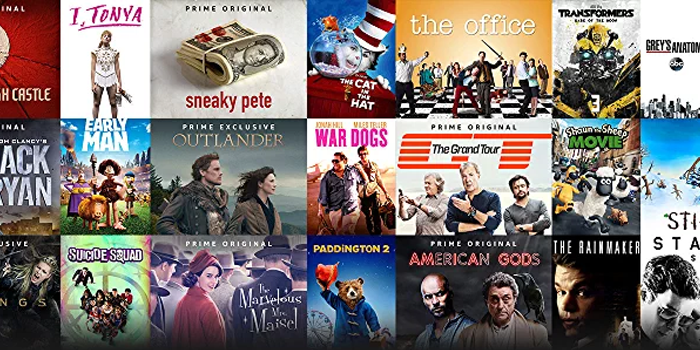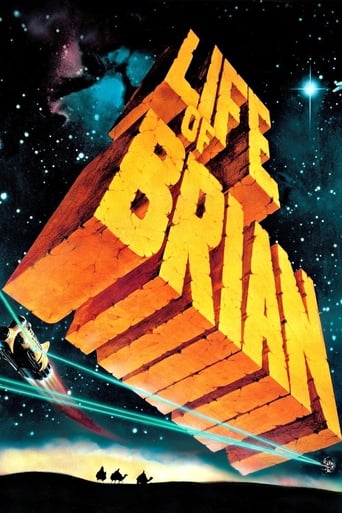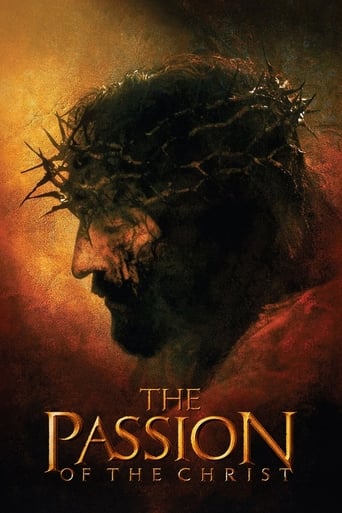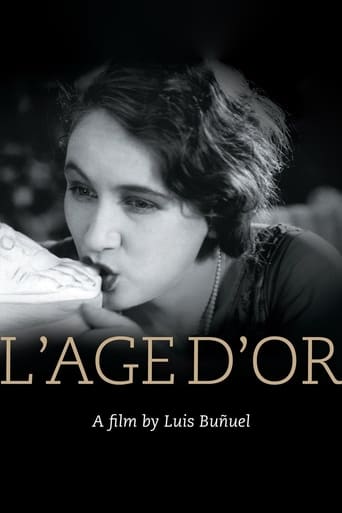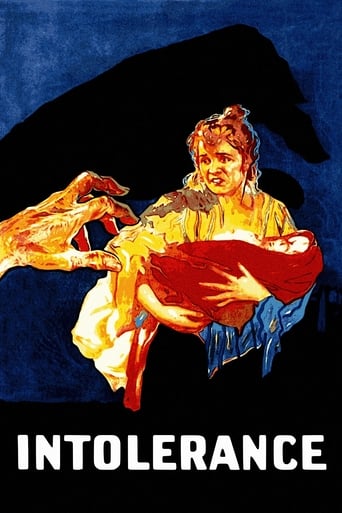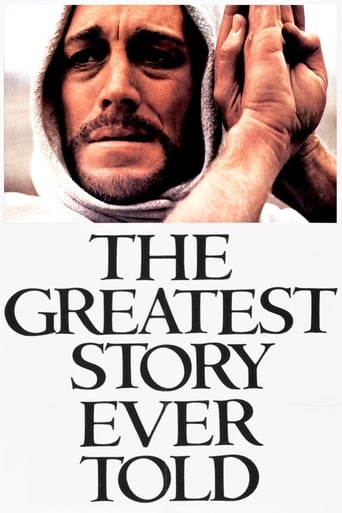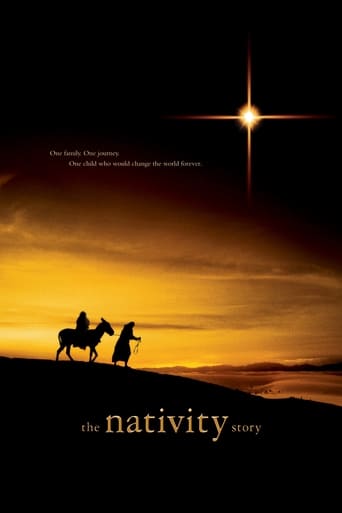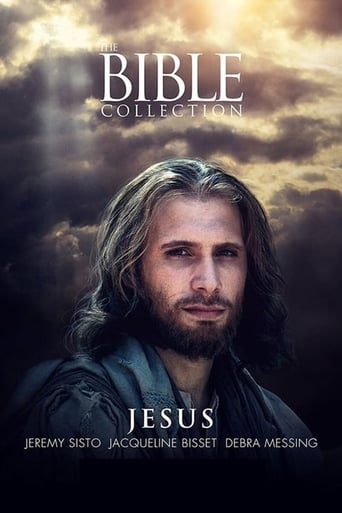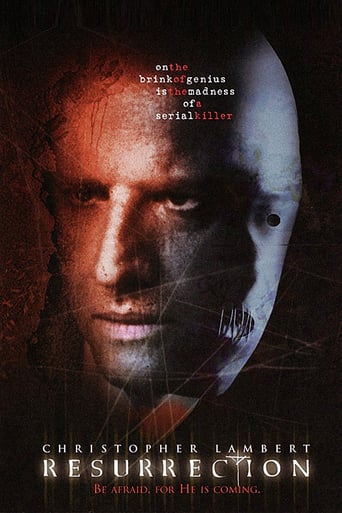The Star of Bethlehem (1956)
'The Star of Bethlehem' tells the Christmas story in the style of medieval nativity plays. The Three Wise Men from the East follow the star to Bethlehem, but hostile spirits try to stop them on their journey. The King Herod fears the child in the manger, and seeks to kill it, but an angel prevents his evil intentions. The film is an example of how Lotte Reiniger has her silhouette technique enriched by coloured acetate films. The backgrounds have the vibrancy of coloured stained glass windows.
Watch Trailer
Cast


Similar titles
Reviews
I like movies that are aware of what they are selling... without [any] greater aspirations than to make people laugh and that's it.
While it is a pity that the story wasn't told with more visual finesse, this is trivial compared to our real-world problems. It takes a good movie to put that into perspective.
A great movie, one of the best of this year. There was a bit of confusion at one point in the plot, but nothing serious.
The thing I enjoyed most about the film is the fact that it doesn't shy away from being a super-sized-cliche;
BEWARE OF FALSE REVIEWS & REVIEWERS. Some people only review one film. When it just one review you cant trust them no matter what their opinion may be. I have reviewed over 200 Holiday films. i have no agenda This animated short tells the story of the birth of Jesus and the events that surrounded his birth. Well made and not insulting to anybody. If your looking for a well made Christmas cartoon that is about the birth of Jesus then watch this one. It is available to stream for free.
The Star of Bethlehem (1956) * 1/2 (out of 4)Pretty bland animated short tells the story that I'm sure most people are already going to know going in. While watching this film I kept wondering if perhaps it was produced to try and cash in on the success of THE TEN COMMANDMENTS from Cecil B. DeMille. I will admit that I liked the approach that director Vivian Milroy took in the visual style but this still isn't enough to make up for the bland storytelling. The actual look of the film was quite unique as everything in the background was in color as was any actual non-living object. The actual humans were always shown in shadow only and this mixed against the colorful backdrop actually made for a good looking picture. The problem with the short is that it simply doesn't feature any exciting storytelling. The actual story is going to be familiar to most so it doesn't tell us anything in a new fashion or an original way. Even at just 10-minutes the film drags along and becomes tiresome after a while.
"Star of Bethlehem" (no article), A Primrose Production, was released in England by Archway in February, 1957. It ran 18 minutes. Publicity for the movie proclaimed that it marked "the first time Lotte Reiniger has worked in colour (sic)." Reiniger is credited with "Design". She and her husband, Carl Koch, are credited as "Animators". The director was Vivian Milroy; the film editor, Reg Spragg; music was composed by Peter Gellhorn. And there was a spoken commentary by Anthony Jacobs. Producers Louis Hagen and Richard Kaplan sold the short to Cathedral Films in the USA. I've not seen the U.S. version, but I doubt that it included "Reiniger's dramatically grotesque devils that vividly evoke medieval German illustrations."
Her first job was doing cut-out titles for Paul Wegener's Pied Piper of Hamlin. The Start of Bethlehem was probably her's, made when she was about 21 or 22 in Germany. On Achemed she was using a double plane animation stand (long before Disney). She and her husband Carl Koch (who is credited on Star of Bethlehem) built all their own equipment. She moved, in the 1950's and 60's to an Artists Colony in the UK, run by the owner of Primrose Productions who colorized some of her older films and distributed them. Her independent works were later for the BBC and NFBC. Cathedral probably got this from Primrose, who probably ended up with all her extant holdings after her death. There may be leads to this in her book "Shadow Theater and Shadow Films" which, I think, has a filmography.


